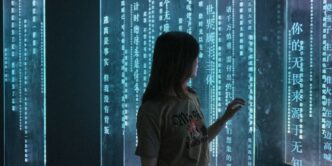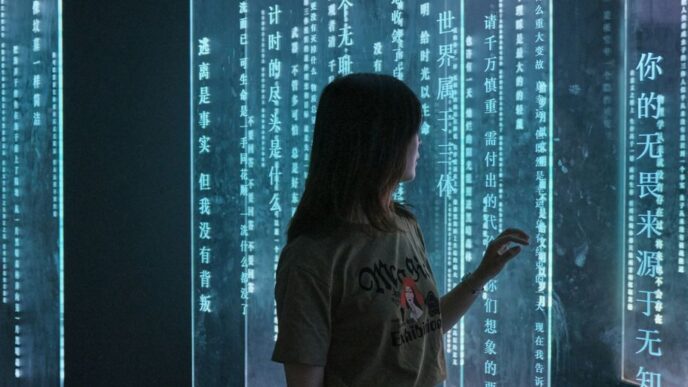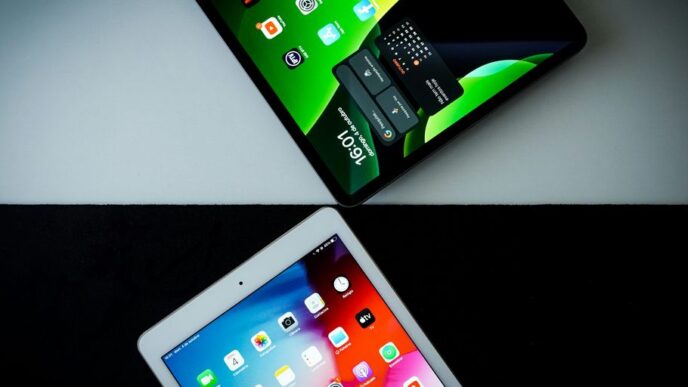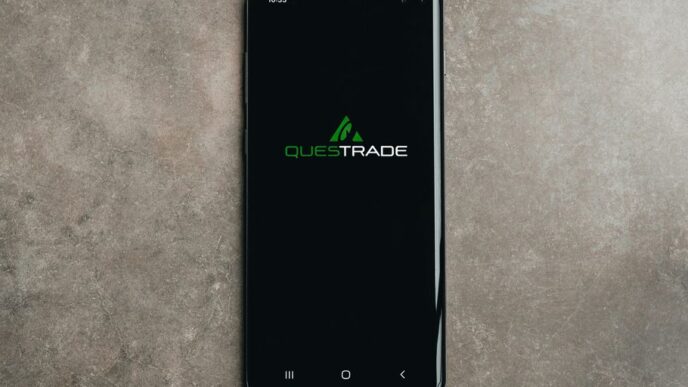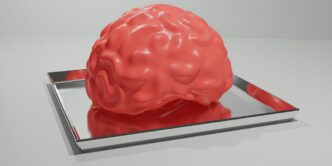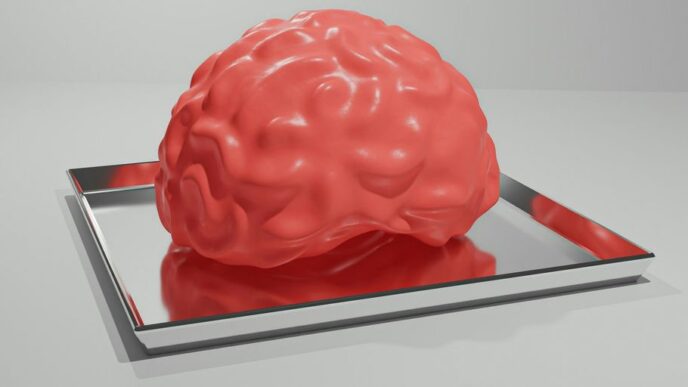Welcome to the future of technology! The age of spatial computing is here, and it’s transforming the way we interact with digital devices around us. From virtual reality experiences to augmented reality applications, spatial computing brings a new dimension of immersion and interactivity that blurs the line between the physical and digital worlds. In this blog post, we’ll explore how spatial computing is redefining user experience, unleashing endless possibilities for creativity and innovation in various fields such as gaming, education, healthcare, and more. So buckle up and get ready to take an extraordinary journey into a different reality – one that challenges our perception of what’s possible in the world of tech.
Introduction: What Is Spatial Computing?
Spatial computing is a new way of interacting with technology that redefined user experience in a three-dimensional space. It is an immersive and interactive environment where users can interact with digital content and 3D objects. It merges the real and virtual worlds to create a seamless and natural user experience. This new paradigm of computing will change the way we live, work, and play.
Virtual Reality (VR): virtual reality is a three-dimensional computer-generated environment that can be explored and interacted with by a person. This immersive experience is created by wearing a VR headset that projects images into your eyes.
The beauty of VR is that it can transport you to any place or time, real or imagined. You can explore the depths of the ocean, soar through space, or battle zombies in a post-apocalyptic world – all from the comfort of your living room. And as VR technology continues to develop, the possibilities are endless.
With VR, businesses have the opportunity to create truly unique and unforgettable experiences for their customers. For example, retailer Ikea has created a virtual reality kitchen that allows customers to design their own kitchen and see how different furniture and appliances would look in their home before they buy it.
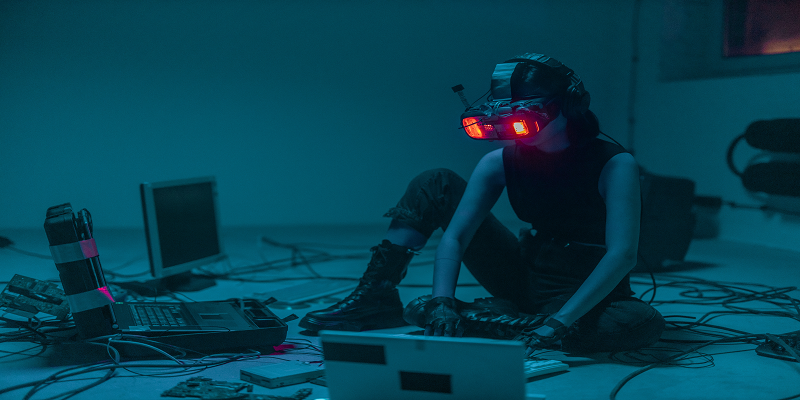
Augmented Reality (AR): Augmented Reality is a technology that allows users to merge the virtual and physical worlds. This means that users can interact with digital content in a real-world environment. For example, you can use AR to view detailed instructions for assembling a piece of furniture without having to print it out or find a separate manual.
AR has been used in a variety of industries including retail, education, and gaming. In retail, AR can be used to try on makeup or clothes without having to physically try them on. In education, AR can be used to provide students with interactive learning experiences. In gaming, AR can be used to create immersive game environments.
AR has the potential to redefine the user experience by providing users with new ways to interact with the world around them.
Mixed Reality (MR): Mixed reality (MR) is an emerging technology that blurs the line between virtual reality (VR) and real-world environments. Unlike VR, which creates a completely artificial environment, MR uses real-world objects and surroundings as a foundation for digital experiences. This allows users to interact with both digital content and the physical world around them.
One of the most promising applications of MR is in spacial computing, which is the use of computer technology to create or enhance experiences that take place in three-dimensional space. Spacial computing has the potential to redefine user experience by immersing users in interactive 3D worlds. With spatial computing, users can not only see and hear digital content but also interact with it in a natural way using their hands and body.
There are already a number of MR headset manufacturers vying for a piece of the spacial computing market, including Microsoft Hololens, Magic Leap, and HTC Vive. These headsets allow users to view and interact with digital content in a 3D environment. As more developers create MR applications, we will see an increase in innovation in this area and a corresponding increase in the quality of user experience.
Benefits of Spatial Computing For The User
The current user interface paradigm is based on a flat, two-dimensional screen. However, as technology evolves, so does the way users interact with it. Spatial computing is the next step in this evolution, bringing digital content into the physical world.
There are many benefits of spatial computing for the user. First and foremost, it creates a more immersive experience. When you can see and interact with digital content in three dimensions, it feels more real and natural. This immersion can lead to better understanding and retention of information.
In addition, spatial computing can make complex information more accessible. For example, data visualization in three dimensions can help users see patterns and relationships that would be difficult to discern in two dimensions. And since we live in a three-dimensional world, spatial computing can also make interacting with digital content more intuitive and efficient.
So what does all this mean for the future of user experience? As spatial computing becomes more common, we will likely see a shift from traditional UI elements like menus and buttons to more naturalistic interaction techniques like gesturing and voice control. The possibilities are endless – and exciting!
Uses of Spatial Computing in Business, Education, and Entertainment
There are number of ways businesses, educators, and entertainers are using spatial computing to redefine user experience. Here are a few examples:
Businesses:
-Automotive companies are using spatial computing to design new cars and give customers a virtual test drive before they buy.
-Fashion designers are using spatial computing to create immersive runway shows and allow customers to try on clothes virtually.
-Retailers use spatial computers with in-store interactive displays to help shoppers find what they’re looking for and make purchase decisions.
Educators:
-Some schools are using VR headsets to take students on virtual field trips to places like outer space or the bottom of the ocean.
-With VR, teachers can create simulations of historical events or dangerous environments for students to learn in without putting them in actual danger.
– Teachers can also use VR to provide one-on-one instruction to students who may have trouble learning in a traditional classroom setting.
Entertainers:
-Movie directors are using spatial computing technology to create movies with computer-generated graphics that look realistic enough to fool the human eye.
-Video game developers are using spatial computing to create realistic gaming experiences that immerse players in other worlds.
-Musicians and visual artists are using spatial computing to create innovative new ways of expression and performance.
Challenges Facing Spatial Computing Adoption
As the world becomes increasingly digitized, the way we interact with computers is evolving. Spatial computing, which involves using natural gestures and voice commands to interact with digital content, is becoming more prevalent as businesses strive to create more immersive and user-friendly experiences. However, there are still some challenges facing the adoption of spatial computing.
One challenge is that current hardware options are still limited. For example, Microsoft HoloLens 2 is one of the most advanced pieces of spatial computing hardware on the market, but it is still not widely available or affordable for most consumers. Additionally, there are currently few applications that take full advantage of spatial computing capabilities. As technology develops and becomes more mainstream, we expect to see more hardware options and software applications that utilize spatial computing.
Another challenge facing spatial computing adoption is the lack of standardization. Different companies are taking different approaches to developing spatial computing platforms and applications. This can make it difficult for users to switch between different devices or platforms and can fragment the market. We believe that as the technology matures, there will be more standardization across disparate platforms and devices.
Many people are still unfamiliar with spatial computing and its potential applications. Educating consumers and businesses about what spatial computing can do will be crucial to its widespread adoption
Conclusion
Spatial computing is paving the way for a new dimension of user experience. By allowing users to naturally interact with information and objects in three-dimensional space, it has the potential to revolutionize how we use technology. As more developers begin to explore this frontier, the possibilities of spacial computing are quickly becoming endless. Through powerful hardware and breakthrough software solutions, immersive 3D environments could become just part of our everyday lives — redefining our relationship with technology as never before imaginable.




